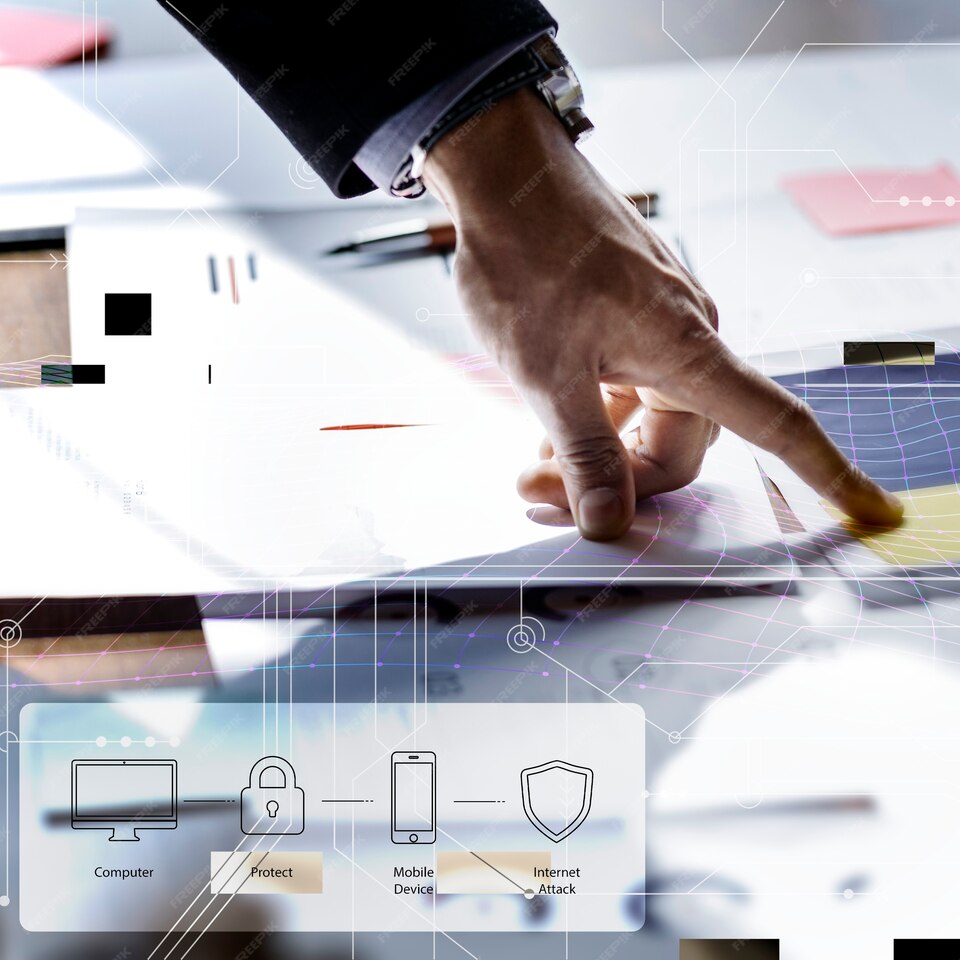Introduction:
In today’s data-driven world, managing documents efficiently is critical for businesses, institutions, and individuals. Document management software is the linchpin of modern information management, offering the tools needed to organize, secure, and access documents seamlessly. To guide us through the complexities of document management software, we turn to Winnie Frey, an esteemed expert in information management. Join us as we delve into the world of document management software and discover how it can revolutionize your document processes and data security.
Meet the Expert: Winnie Frey
Winnie Frey is a highly respected authority in the field of information management, boasting extensive experience and accomplishments. Her career has been marked by significant contributions to organizations seeking to optimize their document management practices. Winnie’s credentials and expertise have made her a sought-after consultant and thought leader in the industry.
Understanding Document Management Software
Before we delve into specifics, it’s essential to understand the central role that document management software plays in modern information management. Winnie Frey emphasizes that document management software is a comprehensive solution designed to capture, store, organize, and retrieve documents efficiently. These solutions go beyond simple storage; they provide tools for categorization, version control, and data security.
Effective document management software is the linchpin of streamlined document processes.
Key Features of Document Management Software
Winnie Frey discusses key features that define effective document management software:
- Document Capture: Streamlining the process of capturing documents, whether through scanning, digital forms, or email integration.
- Workflow Automation: Automating document-related processes to reduce manual tasks and improve efficiency.
- Data Security: Implementing access controls, encryption, and audit trails to protect sensitive documents.
These features are integral to the smooth operation of document management software, enabling efficient document handling.

Types of Document Management Software
Not all document management software is the same. Winnie Frey explores different types, including on-premises solutions (installed on local servers), cloud-based solutions (accessible online), and hybrid solutions (combining on-premises and cloud elements). Each type has its advantages and considerations, making it essential to choose the right solution for specific needs.
Document Management Software Best Practices
Effective document management goes beyond organization; it involves data organization, compliance, and collaboration. Winnie Frey shares best practices, such as adopting consistent data categorization, ensuring compliance with industry regulations, and promoting collaboration through shared document repositories. These practices ensure that documents are organized, secure, and accessible.
Real-World Success Stories
To illustrate the practical benefits of document management software, Winnie Frey presents real-world success stories. These stories showcase how organizations have achieved improved efficiency, data security, and collaboration through the implementation of effective document management strategies.
The Future of Document Management Software
As information management evolves and data security becomes increasingly critical, the future of document management software is marked by innovation. Winnie Frey discusses emerging trends, such as AI-driven document categorization and blockchain-based document verification. Staying informed about these developments is crucial for organizations aiming to excel in information management and data security.
Conclusion
In conclusion, document management software is pivotal in enhancing efficiency and data security, ensuring that documents are organized, secure, and easily accessible. With insights from Winnie Frey, you now have a deeper understanding of document management software principles, features, best practices, and the potential benefits it can bring to your information management strategy.

